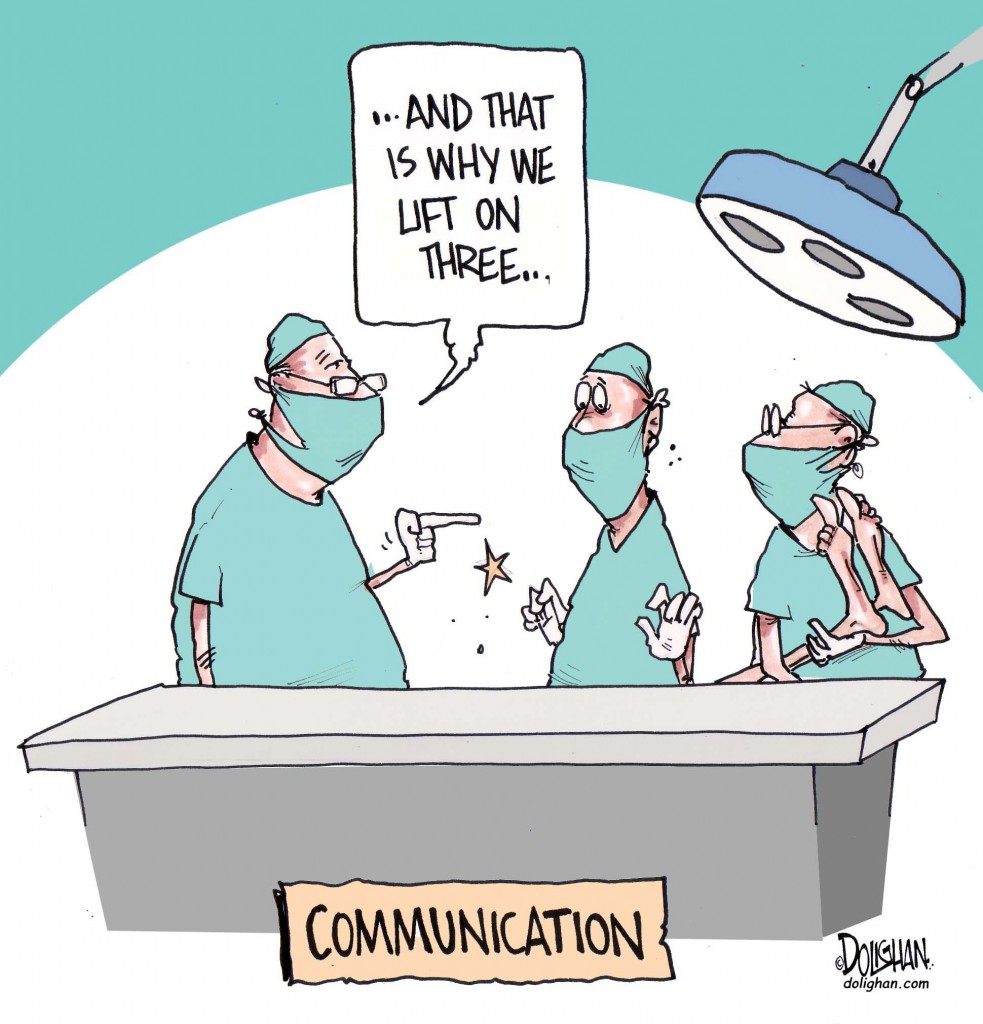At one of the company stand-ups I attended recently, the topic of discussion was ‘Good Communication’. As simple and ordinary it may sound, it did make me think about an interesting hypothesis.
Research tells us that only 7% of all communication is impacted by the content or the words used. The rest is all non-verbal — body language and tone. At the stand-up, we did a few basic exercises to highlight the basis of good communication, why we communicate (the way we do), with whom we communicate (internal and external parties), how we communicate (the modes and tools) and a few case studies of good and bad communications in the real-world.

From that discussion it made me wonder if most poor communication or mis-communication occurs when things go wrong, and most good communication occurs when things are going well. So essentially, communication is driven by the environment.
In chaotic situations, specially those which are life-threatening or time-sensitive, communication becomes harder by multitudes. When the Black Saturday bushfires (as many as 400 individual fires) were burning across the Australian state of Victoria in February 2009, millions of SMS messages warning of extreme fire danger conditions were sent by the mobile phone companies, on behalf of Victoria Police. However, a lot of people in the affected area didn’t receive the SMS messages, and a lot of people in the unaffected areas received the SMS messages. Some were spooked by the SMS messages and considered them an over-reaction. Others, mostly who were around the impact zone, felt the SMS messages were not relayed in a timely fashion.
A month later, amid global economic worries, the Australian Prime Minister announced a cash bonus for more than 8 million Australians as a way to stimulate the economy. Because this “desirable” action was communicated well, pretty much everyone who I talked to knew about the payment, who was eligible and even how & when the bonus would be paid.
Communication is effective when it’s intentful and well-guided, and communication is ineffective when it’s mostly unintentful or mis-guided. At some level, we are all likely to boost the success, achievements and pleasing actions, but put the failures and shortcomings under the carpet or atleast delay their communication. I guess the important thing, specially for businesses and government agencies, is to communicate consistently and become more open.